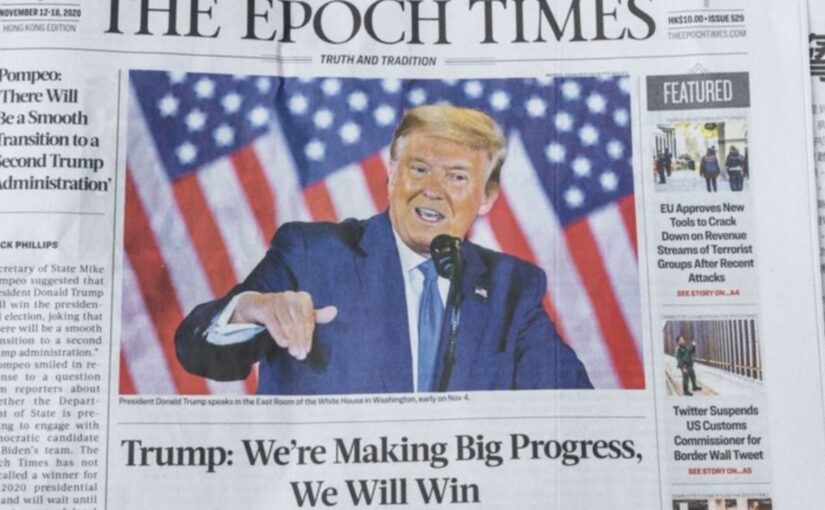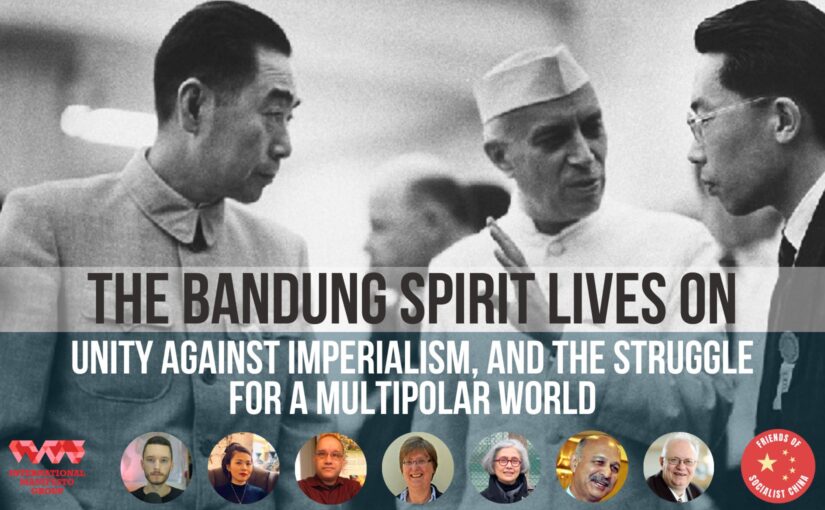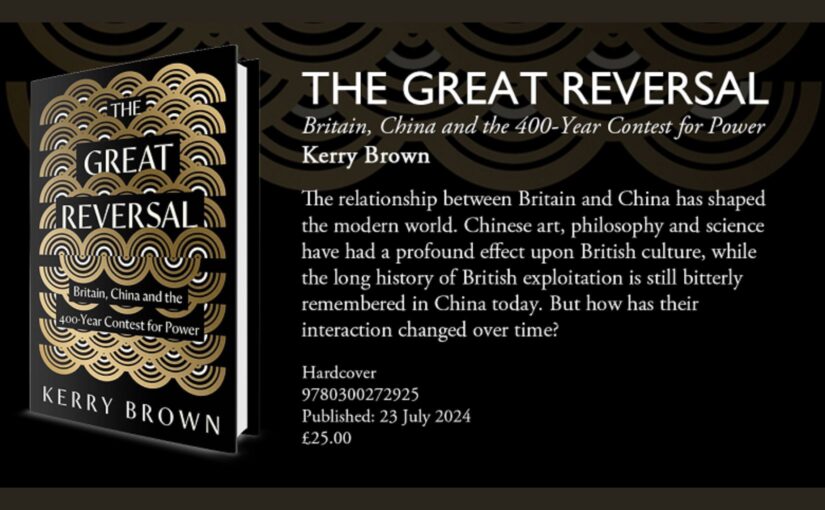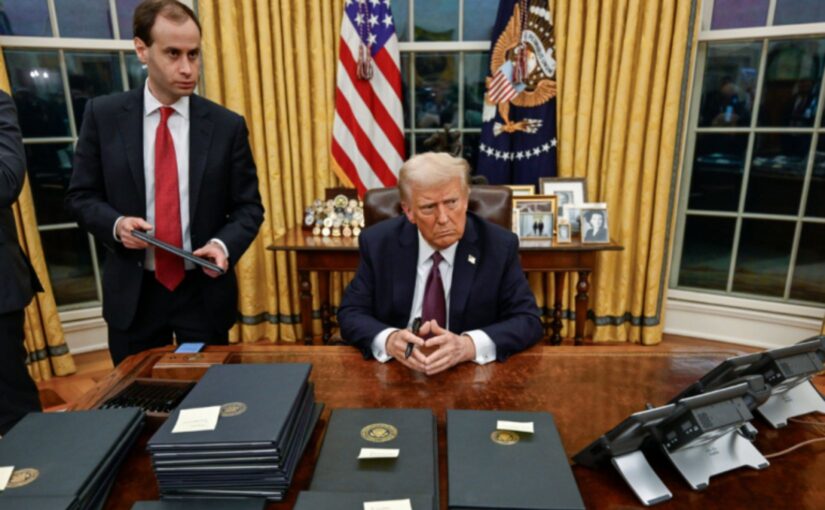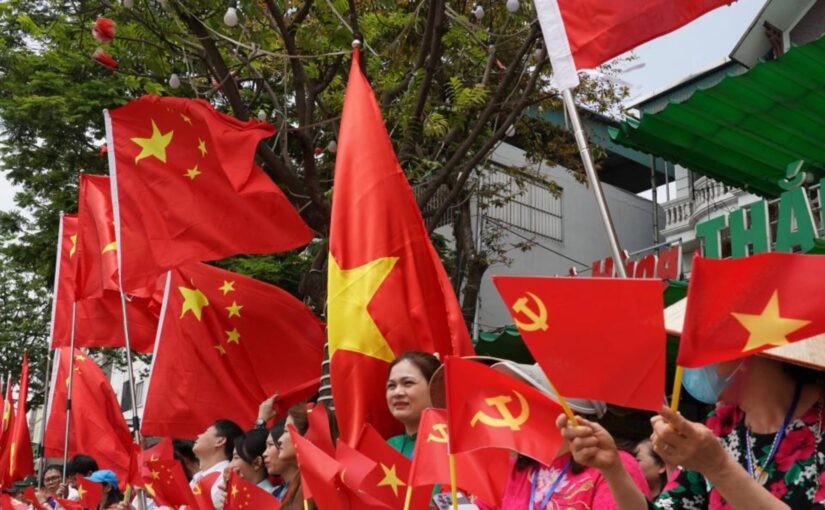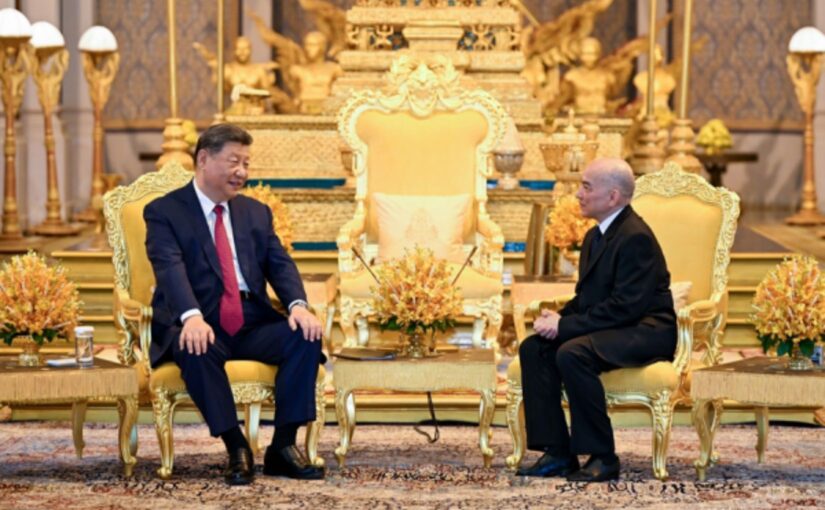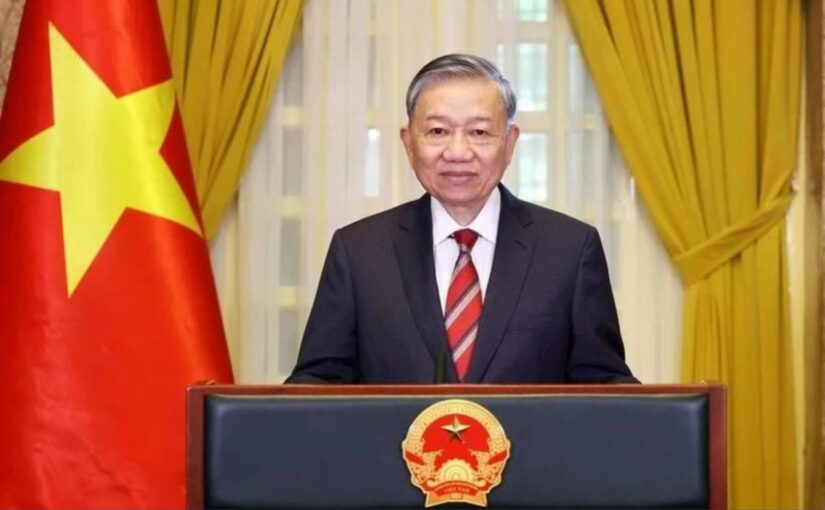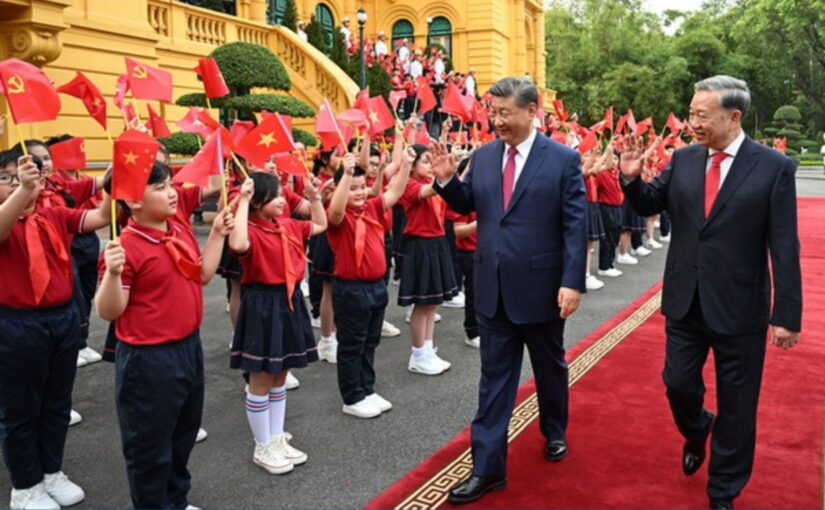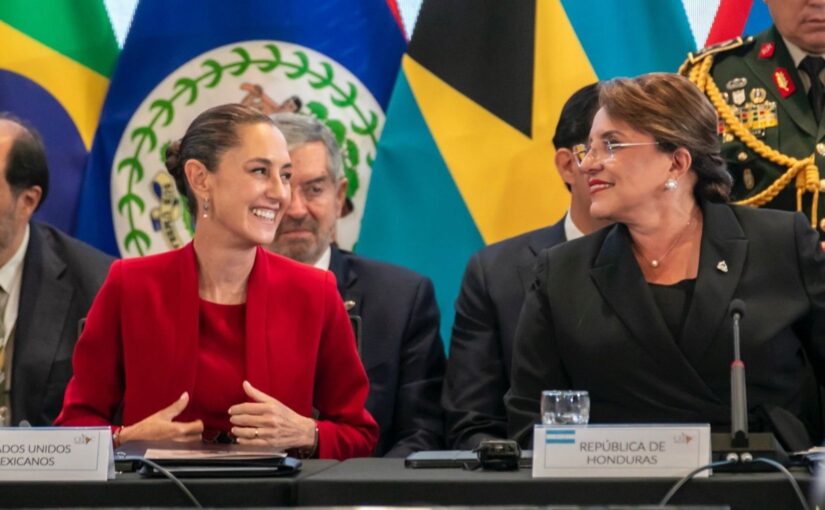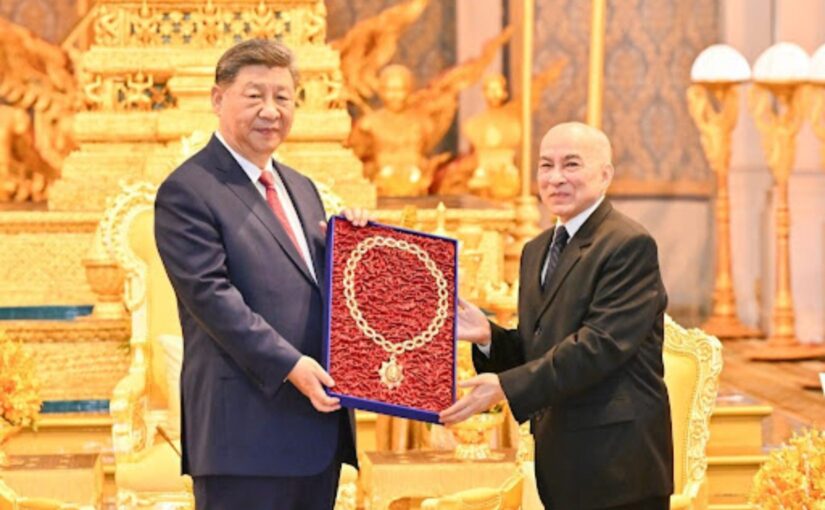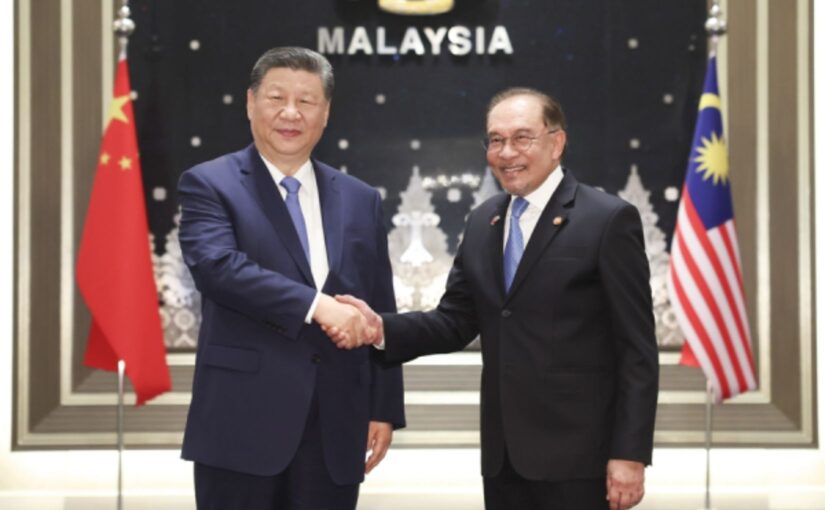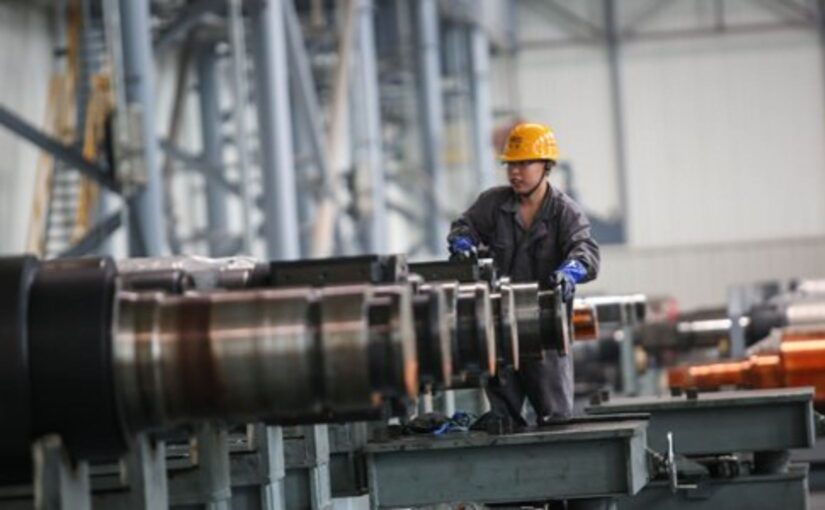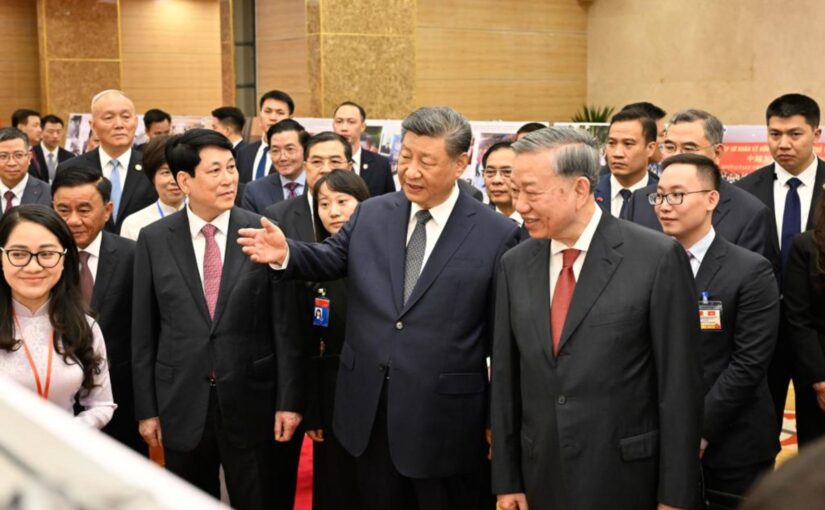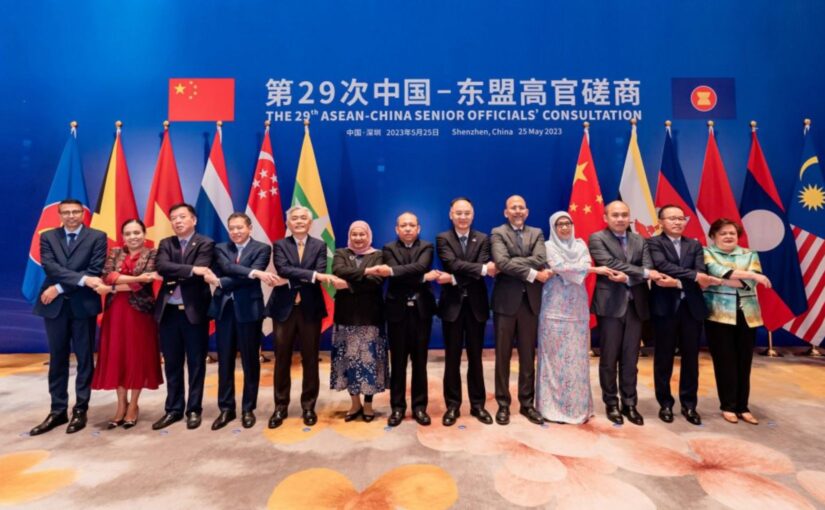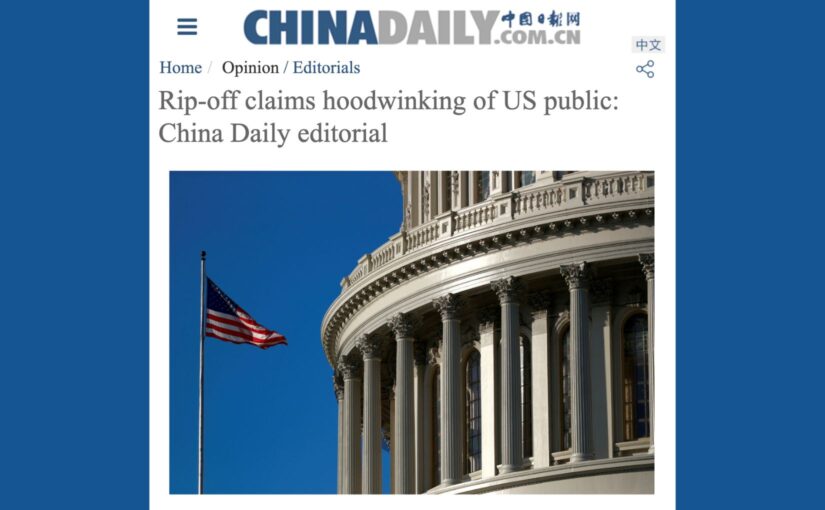Shen Yun, the dance company associated with the far right, anti-communist Falun Gong cult, staged a number of performances in British cities between January-March 2025. With lavish advertising and staging, the real agenda behind Shen Yun will not be immediately obvious to many who buy tickets or who simply receive the glossy advertising flyers through their letter box. The following article, which arose from discussions among some members of the Friends of Socialist China Britain Committee, aims to start addressing this knowledge deficit by highlighting the true character of Falun Gong.
Some other articles we recommend on this topic include:
- Falun Gong leaders disprove immortality by inconveniently dying (Pearls and Irritations)
- “Arctic ice is not melting”: Far right newspaper promotes climate disinformation on Meta (Global Witness)
- Shen Yun dance company and its secretive parent, Falun Gong, investigated (People’s World)
- Shen Yun: The Falun Gong cult’s anti-communist propaganda roadshow (People’s World)
A marketing blitz accompanied the January-March 2025 performances of the Shen Yun (approximately translated as “Divine Rhythm”) dance troupe in various British cities. Some may find Shen Yun’s tagline “China before communism” a little pointed. The line is, in fact, only the soft edge of a highly reactionary political project.
The dance shows purport to represent ancient and especially ‘spiritual’ Chinese culture. Relying on western audiences’ ignorance of such traditions, as well as the vibrant diversity of contemporary Chinese culture, the performances present an ‘orientalised’ spectacle through which to smuggle reactionary messages, and with the proceeds from the shows further funding its owners’ global far-right campaigns. Such campaigns have involved, among other talking points, anti-vaccination and anti-medical science messaging, full-throated support for US President Trump’s MAGA movement, apocalyptic and extra-terrestrial conspiracy theories, and less explicitly but no less perniciously, racist and homophobic views.
Shen Yun Performing Arts is owned and operated by the Falun Gong / Falun Dafa movement, which emerged in the 1990s in the People’s Republic of China. Originally presenting itself as a manifestation of the surge of interest in traditional qigong practices, it quickly revealed its real anti-socialist and obscurantist political agenda, all the while receiving funding from the US Congress-controlled Freedom House, along with similar institutions. Such funding continues to this day, with research finding that
Mark Palmer, one of the National Endowment for Democracy’s (NED’s) founders and Vice Chairman of Freedom House… founded a new government-supported group, Friends of Falun Gong (FoFG). By perusing FoFG’s annual tax filings, one discovers that FoFG has contributed funds to Sounds of Hope Radio, New Tang Dynasty TV, and the Epoch Times—all Falun Gong media outlets. FoFG has also contributed to Dragon Springs (a Falun Gong ‘compound’ that hosts a Falun Gong school and a residency complex) and to Shen Yun…[1]
Falun Gong is one among many such ‘Trojan Horse’ style organisations that western imperialists have supported and continue to support with the goal of destabilising the government of the PRC.[2] The main aim of Palmer’s work and of these bodies is large-scale anti-communist and anti-sovereign destabilisation. The US has a long and proven record of backing religious and ethnic outfits trying to draw regions into conflict and instability – one only has to look at their support for al-Qaeda in Syria and similar ‘soft’ and ‘hard’ power networks in the Caucuses, Xinjiang, northern Africa, the Americas and beyond. This should be and is taken as a real potential threat to stability by those countries that seek to maintain their independence.
Religion is presented as being integral to FLG. As part of its eclectic mish-mash, some Buddhist and Daoist ideas are merged with founder and master Li Hongzhi’s Manichaean apocalypticism, with exhortations of good versus evil featuring heavily within the cult members’ indoctrination. In the 2018 book Falun Gong: Spiritual Warfare and Martyrdom, James R. Lewis writes about how Li deliberately downplays public awareness of the group’s ideas, and obsessively promotes the message of its own persecution, as cover for its own far-right propagandising and organising. This mode of operating is clearly present in Shen Yun shows, where skits about alleged oppression of FLG members are interspersed throughout. For a spiritual group supposedly grounded in compassion and forbearance, there is a surprising amount of hatred to be dished out. Apart from communism, other targets include homosexuality, ethnic mixing, and feminism. No wonder Donald Trump has been described as angelic by its members.
Following increasingly disruptive and explicitly anti-communist organising, the Falun Gong movement was proscribed in the PRC in the late 90s. The movement then sought to build its global media empire from outside China, headquartering (surprise surprise) in the US, with a huge compound in upstate New York.[3] Allegations of systematic labour abuses among Shen Yun dancers have been uncovered and reported on extensively by two New York Times reporters in 2024 who have a background investigating Donald Trump. An escalation of action against Shen Yun has occurred in recent months, with a lawsuit for trafficking and forced labour brought by a former dancer, and an ensuing inquiry by the New York State Department of Labor.
Such contempt for workers is precisely indicative of the kind of ‘China before communism’ FLG wishes to return to: a brutally exploitative, neocolonial system rejected decisively by the Chinese people in 1949. However, the image it seeks to present is of course the complete opposite. It’s as reactionary and incoherent as MAGA itself – with both espousing a return to a fictional historical ‘promised land’, a common trope of fascist ideologies.
In case there is any room for doubt, modern China has no shortage of religious institutions, many of which are supported with public finances. Buddhist monasteries and nunneries continue to practice their faith. China has around 35,000 mosques, which means that Chinese Muslims have a much higher number of mosques per capita than Muslims in the UK or US. Anyone who has ever tuned into Chinese TV channels will see dance routines featuring regularly among the huge amount of cultural output celebrating ancient and modern Chinese traditions, actively promoted by the Communist Party as well as wider society. Chinese president Xi Jinping has, in particular, sought to celebrate and reconnect with traditional culture, tying it directly to the programme of the “great rejuvenation of the Chinese nation” and “Socialism with Chinese Characteristics”:
If there were no 5,000 years of Chinese civilisation, where would the ‘Chinese characteristics’ come from? And if it were not for these Chinese characteristics, how could we have today’s successful path of socialism with Chinese characteristics?[4]
Chinese people enjoy celebrating their past in different ways, too. Han Dynasty-inspired weddings have become a trend in recent decades, for instance, and tourists flock to ancient religious sites. Traditional Chinese Medicine (TCM) is alive and well in the PRC, with continuous efforts by researchers to discover the effective parts, rather than refusing modern medicine as Mr Li advocates.
Shen Yun’s claim to represent a ‘lost’ or ‘destroyed’ culture is, therefore, a bizarre lie. In the meantime, it should be regarded as a scandal that such an organisation, with such a reactionary overarching mission, advertises ‘innocently’ all over London’s underground network and in university towns, with its Epoch Times, and on billboards nationally. All progressive people should reject this toxic organisation and unmask it as the far-right cult it is.
[1] James R. Lewis, Junhui Qin, ‘Is Li Hongzhi a CIA Agent? Tracing the Funding Trail Through the Friends of Falun Gong’, Journal of Religion and Violence, Volume 8, Issue 3, 2020, https://www.pdcnet.org/jrv/content/jrv_2020_0008_0003_0298_0307?file_type=pdf
[2] For more on this method of counter-revolution, see William Blum, Rogue State.
[3] The massive Dragon Springs headquarters of FLG has also drawn negative reactions from its neighbours, who allege substantial pollution from the constant building on the site.
[4] Xi Jinping, ‘One year on, Xi Jinping Thought on Culture leads path to national rejuvenation’, Global Times, https://www.globaltimes.cn/page/202410/1321209.shtml
